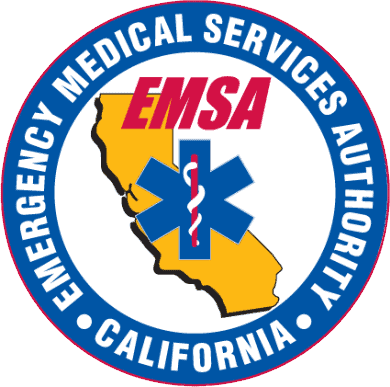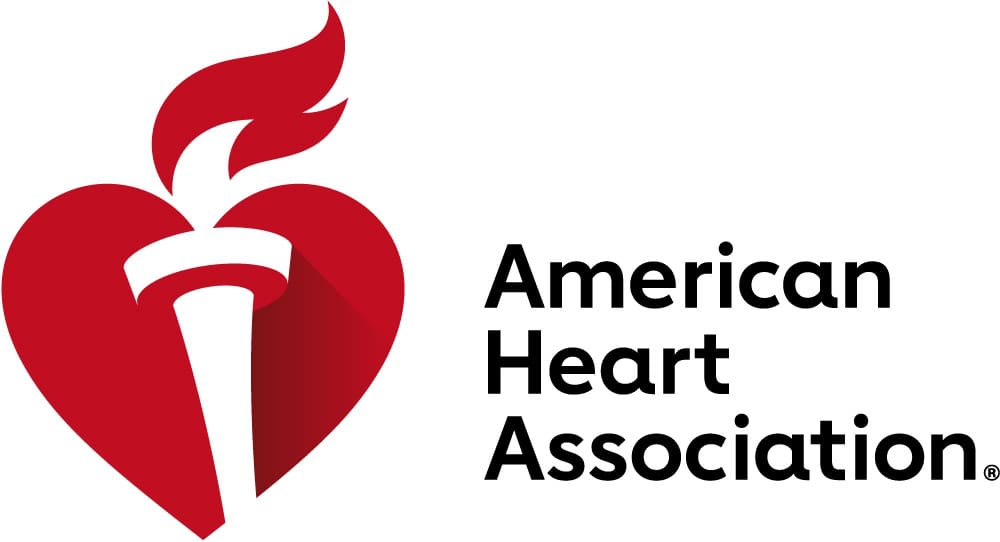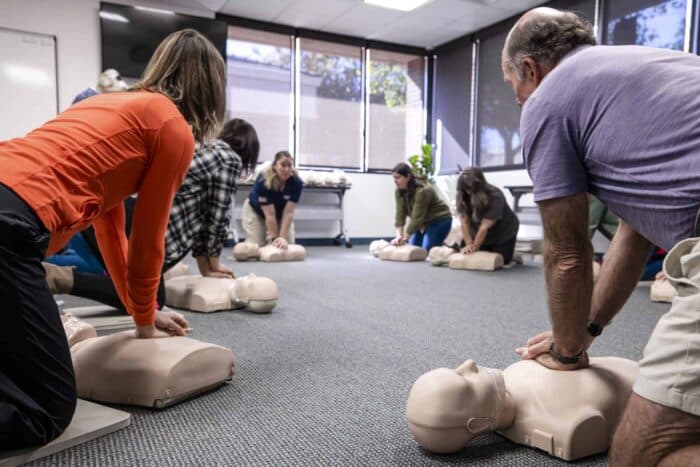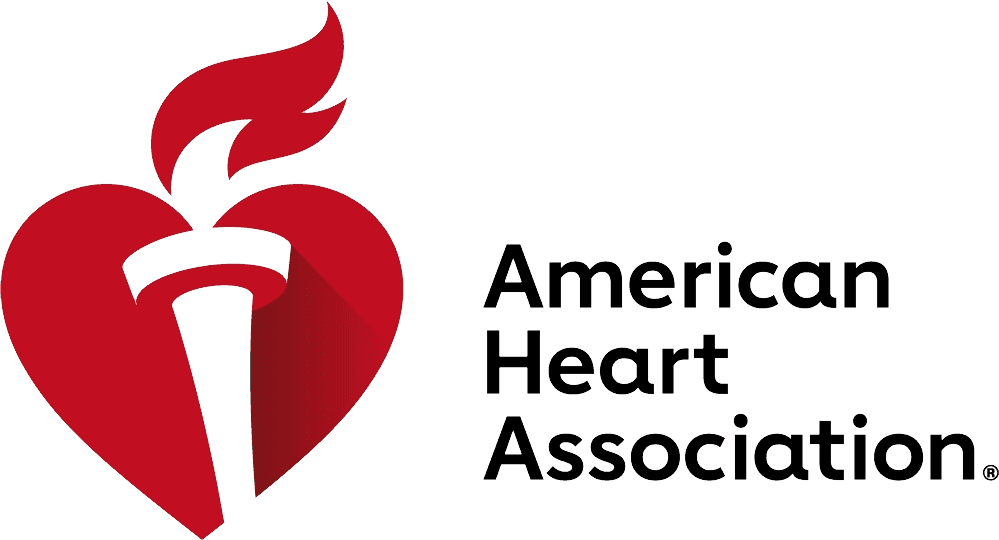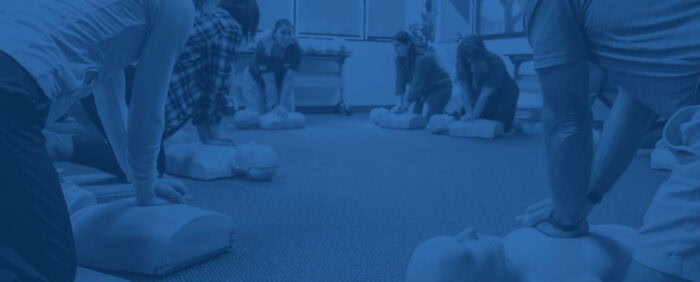Your cart is currently empty!
How does cardiopulmonary resuscitation, or CPR, actually work to save lives? In its most basic explanation, CPR is used to oxygenate blood and maintain “cardiac output” required to keep vital organs alive.
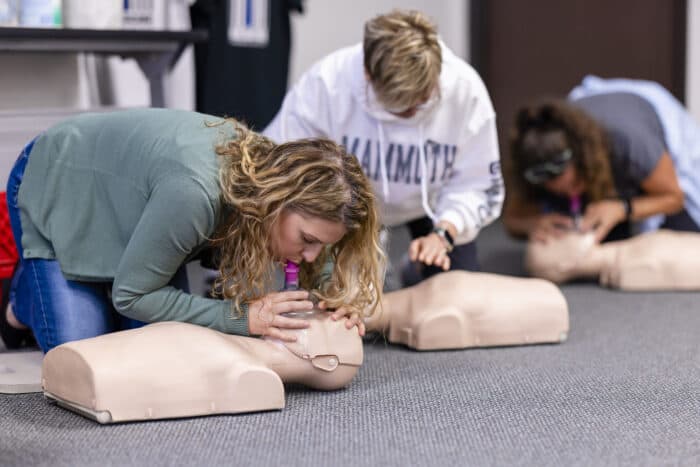
Understanding the Effects of a Heart Attack
Generally speaking, blood circulates around the body through the circulatory system. At the core of the circulatory system lies the heart, a powerful muscular organ that compresses to force blood through the circulatory system. Blood initially enters the heart and then flows to the lungs to receive oxygen, through a process called diffusion. The now oxygenated blood then flows back to the heart, which then pumps the blood out to propel oxygen throughout the body. The circulatory system then transports the blood to organs and tissues.
When transportation of oxygenated blood to the organs and tissues is hindered due to a medical emergency such as a heart attack or cardiac arrest, the organs and tissues begin to die due to lack of oxygen. A stroke will also hinder oxygenated blood from reaching organs and tissues, that will be covered in another blog. Heart attack and cardiac arrest are some of the leading causes of death in the United States. Click here to learn more about the difference between a heart attack and cardiac arrest.
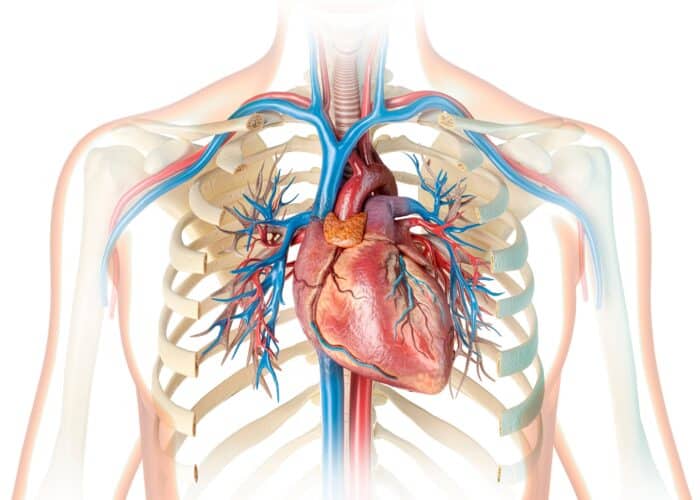
How CPR Works
CPR is an intervention by which outside forces can mimic the beating of the heart through compressions, as well as introducing rescue breaths, which together attempt to introduce oxygen and continue to transport oxygenated blood throughout the body.
The precise physiology of CPR involves generating a pressure gradient between the arterial and venous vascular beds; CPR achieves this via multiple mechanisms. External compression of the chest increases pressure inside the chest and directly compresses the heart, forcing blood to move from the chest to the lungs, heart, brain, and the rest of the body. Put another way, the pressure generated during CPR can force blood back throughout the body.
When chest compressions stop, blood flow decreases significantly. When compressions start again, it takes several compressions to restore blood flow. The more times chest compressions are interrupted and the longer the interruption, the less blood flow there is to the brain, heart, and other vital organs and tissues. Minimal interruption improves blood flow and potential outcomes.
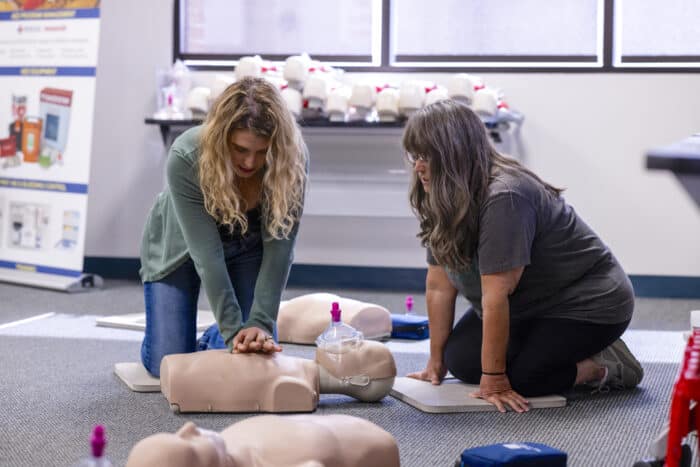
Conclusion
CPR can help resuscitate a patient by mimicking the natural processes that transport oxygenated blood throughout the body. Because of this, proper CPR training and practice is a cornerstone in responding to sudden cardiac arrest. Rescue Training Institute provides initial training and renewal training for healthcare providers, emergency responders, and everyone who desires to be part of the Chain Of Survival.

